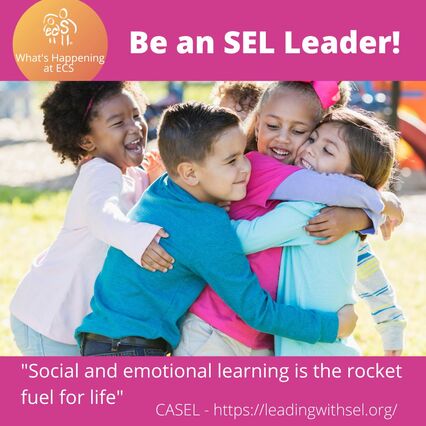 We want to help you lead the school year with SEL (social emotional learning)! According to the Leading with SEL Coalition facilitated by CASEL: “If you believe every child deserves...
As SEL leaders, we help children develop many social-emotional skills. This month we thought we'd focus on self-regulation, sharing some of our favorite tips. 1. Keep in mind that we are all works in progress, children and adults alike!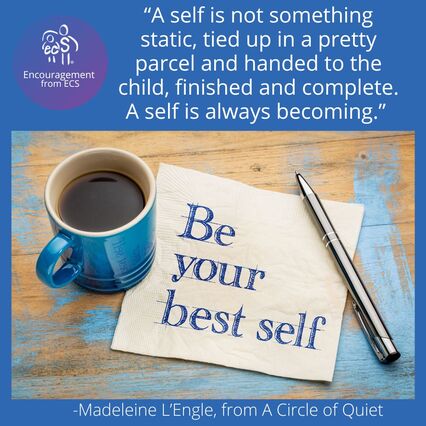 We adults have our own struggles with self-regulation, like controlling our emotions when we are tired, frustrated, feeling misunderstood, or when children’s challenging behaviors trigger our emotional buttons! We all have moments when our own self-control is challenged - and sometimes that is precisely when children need our guidance the most! When children’s behaviors “push our buttons,” we must calm ourselves before we can effectively guide them toward self-regulation.. What can you do to regain your composure?
To read more on topics such as Mindfulness, Self-Regulation, and the Power of Positive Guidance, see our previous blog posts. 2. Build children’s vocabulary of feeling words!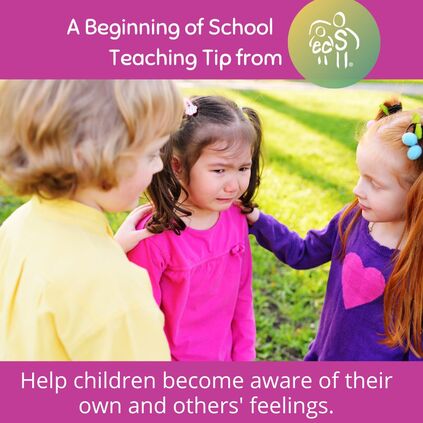 When we provide words for children’s feelings, we are giving them tools to manage their emotions and their behavior. We may even be boosting our own emotional intelligence by building our feelings vocabulary. Don’t be afraid to use big words with children. Go beyond happy, sad, mad, and scared. Help children understand exhilarated, dejected, exasperated, wary, and others. A feelings chart can be a helpful tool for children to identify and understand different emotions. Search online for free printable feelings charts for your classroom. Besides building a feelings vocabulary, you can use feelings charts in several other ways:
Our own book and toy set, EEPWORM’s Emotional Day, is another tool for building a feelings vocabulary. We provide 15 different feelings words in our note for parents and teachers to guide your discussion about the emotions in the story. You can watch story times of both our eepworm® books on YouTube at (https://www.youtube.com/channel/UC_WzmpQIN_N8bTgPHX2U72w). The notes to parents and teachers are included only in our printed books (available for purchase at our online store at https://www.earlychildhoodspecialties.com/store.html). 3. Recognize how gradually self-regulation develops!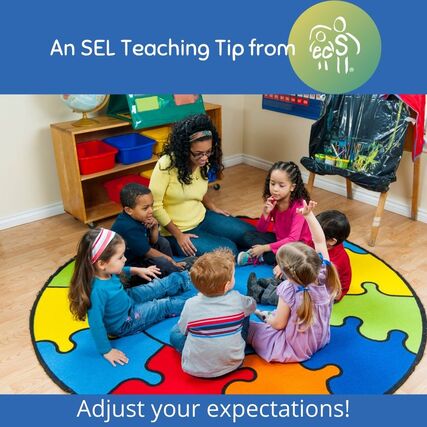 Young children don’t already know how to self-regulate when they join a school or child care setting. They may not yet have the ability or the communication skills to let us know what is wrong, much less to handle it appropriately. Our primary responsibility as caring adults is to meet the basic physical and emotional needs of young children. At first, children need our constant support. For a helpful description of self-regulation, see this short video from Empowered to Connect: https://www.youtube.com/watch?v=INGgzIO7vOY Eventually children learn to behave appropriately more of the time, even without us. This process of self-regulation happens very gradually from infancy to young adulthood, and it requires lots - and lots - of guidance and practice. Self-regulation takes such a long time because of all the skills involved and because it depends on the children's developing social, emotional, and cognitive skills. Here are some examples of self-regulation skills that children learn over time:
For their emotional development and well-being, children need lots of help from adults to learn to self-regulate. Our role is to build children's capacity for self regulation. We provide this "capacity-building" not only through direct instruction, but also through the many ways we support children's social emotional learning. -Follow Early Childhood Specialties on social media for tips on how to help children learn and practice self-regulation and healthy social and emotional skills. -See our previous blog posts on self-regulation -Share with us your thoughts and experiences about self-regulation! 4. Support children’s self-regulation with fun movement activities!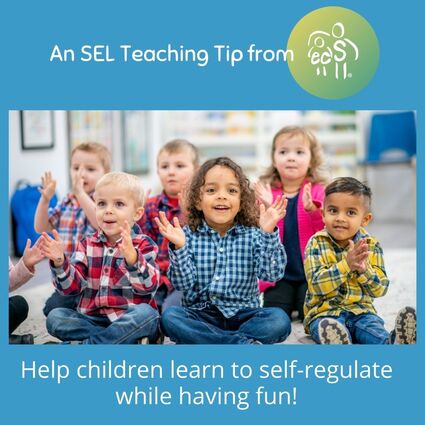 Self-regulation is a complex process that allows children to appropriately respond to their environment. It helps them manage their emotions, thoughts and behavior. Keep in mind that self-regulation: -Develops gradually -Includes physical, emotional, behavioral and cognitive (thinking) skills -Takes lots of practice and repeated learning opportunities -Requires intentional planning by teachers, caregivers and parents. Following directions is one of the self-regulation skills that develop over time and with experiences. Music and movement activities are a fun way to help young children learn and practice self-regulation. Here are a few to try:
Over time, fun activities such as these improve overall listening skills, planning when to move and when to stop, and self-regulation. Playing interactive games with your children also increases emotional connection! Having your children watch a video version of activity songs is a missed opportunity to connect and communicate - get active with them instead! We probably don’t need to remind you that songs, games, and social emotional activities are not a break from learning in classroom settings. They are an age-appropriate way to teach young children self-regulation skills essential to learning in any environment. Rest assured that when you provide these fun experiences you are indeed helping children learn valuable skills! Share with us your favorite fun ways to help young children learn to follow directions! 5. Create a climate conducive to the 4 C’s!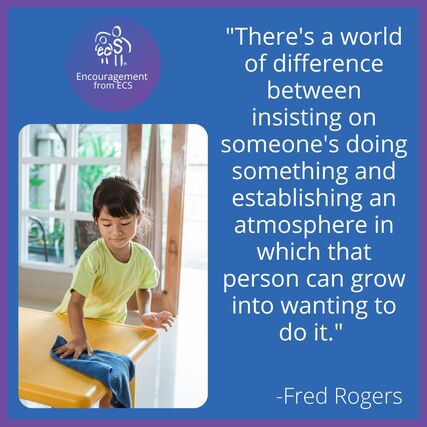 The climate in the classroom, home, or caregiving setting should be one of loving support, safety and acceptance. Young children will learn and thrive when adults control the climate, keeping in mind the 4C’s! Our own model, The 4 C’s Framework of Emotional Support, can guide adults in giving children what they need both when they are upset and when they are calm. The first 3 C's are things children need when they are distressed: connection, calming and compassion.
The 4th C is capacity-building of self-regulation. When children are calm and ready to learn, adults can build their capacity for self-regulation and resilience by teaching them what to do instead and applying other strategies and environmental supports to help them handle future challenges. To learn more about our 4 C’s Framework of Emotional Support:
6. Teach children self-regulation skills, such as following directions!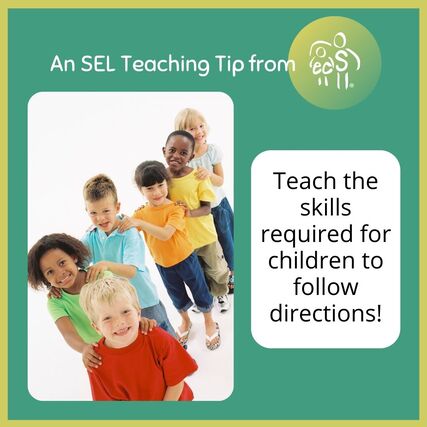 Following directions can be considered a self-regulation skill, but before children can follow directions, they may need specific instruction to learn what is being asked of them. One example that Diane and I (Marjorie) talked about recently was “lining up”. Typically that is not something children need to know at home, or prior to coming to school. It is something that children are expected to “know”, or quickly learn when they begin school, or in any group childcare setting. Teach what lining up means and why we do it: to walk down the hall, to stay safely together with our class, to take turns at the water fountain or slide… Try these activities to teach, support and practice following the direction to “Line up!”
Share with us your favorite ways to teach children to “Line Up”! How can you add learning, variety and fun to this routine activity? 7. Model self-regulation skills, such as showing self-compassion!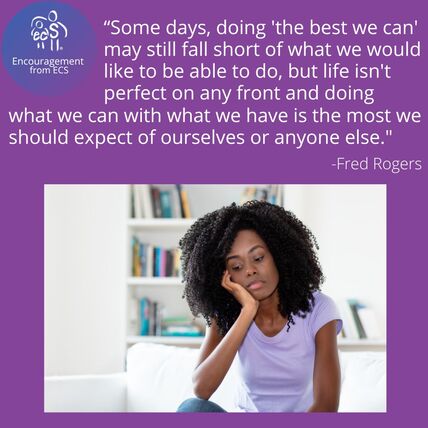 Showing self-compassion means accepting our own limitations, giving ourselves credit for how far we have come toward a goal, or that it is time to rest and recharge until another day. When we show self-compassion, we are not only improving our outlook on our own lives; we are also providing a model for children learning to show compassion to themselves and others. We can model and verbalize acceptance of our efforts and abilities: “We practiced really hard today!” “I did the best I could!” We can be the voice encouraging young children until they can provide their own voice of encouragement and self-compassion. After all, children are soaking up the how-to’s of life from the models they see and hear. It’s not always a “lesson” or an intentional response that leads children to develop social and emotional skills. Showing self-compassion has other benefits for us and our children as well. How we see ourselves and accept our own limitations have much to do with how we treat others, whether we are willing to try new things, and how we continue to learn throughout our lives. -Show self-compassion at the end of the day by thinking of things you did – even the smallest steps. -Share how to do this positive reflection by talking with your children about things they did, learned, or practiced that day. -How can you show self-compassion using positive language? References & Resources Conscious Discipline. (n.d.) https://consciousdiscipline.com/consciousdiscipline.com/
Devereux Center for Resilient Children (DCRC). (n.d.). https://centerforresilientchildren.org/ Leading with SEL. (2022). Collaborative for Academic, Social, and Emotional Learning. leadingwithsel.org/ What is Self Regulation? (Mar 29, 2022). Empowered to Connect. www.youtube.com/watch?v=INGgzIO7vOY
0 Comments
|
AuthorI'm Diane Goyette, a Child Development Specialist, Trainer, Consultant and Keynote Speaker. I'm excited to share my blog! Archives
August 2023
Categories
All
|
|
Ways to Contact Us:
Schedule an Appointment |
|
Follow earlychildhoodspecialties for encouragement, teaching tips and more!
|
Follow eepworm for child-friendly posts!
|
© 2013-2024 Early Childhood Specialties LLC. All rights reserved.

 RSS Feed
RSS Feed